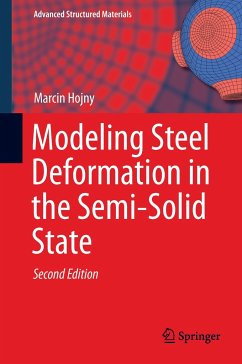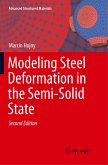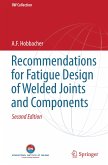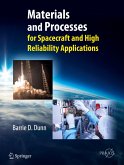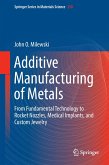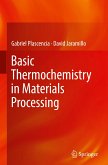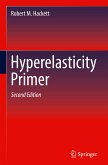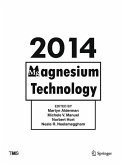This book offers a unique approach to integrated high-temperature process modelling, intended to serve as a design aid for new metal processing technologies. The second edition has been substantially expanded to include new content such as: a new algorithm and test results of 3D stereoscopic visualization; new programming procedures for modelling; the validation of computer simulation using experimental results; a multiscale model of grain growth; a conceptual methodology developing "high-temperature" CCT (continuous cooling transformation) diagrams, and many more examples validating the numerical simulations.
The models presented are applied in comprehensive tests in order to solve problems related to the high-temperature deformation of steel. The testing methods include both physical tests using specialist laboratory instruments, and advanced mathematical modelling: the Finite Element method (FE), Smoothed Particle Hydrodynamics method (SPH) and Mo
nte Carlo method (MC).This approach, which integrates the fields of physical and computer-based simulations, forms the basis for the described concept of integrated high-temperature process modelling, presented in detail in this book.
The models presented are applied in comprehensive tests in order to solve problems related to the high-temperature deformation of steel. The testing methods include both physical tests using specialist laboratory instruments, and advanced mathematical modelling: the Finite Element method (FE), Smoothed Particle Hydrodynamics method (SPH) and Mo
nte Carlo method (MC).This approach, which integrates the fields of physical and computer-based simulations, forms the basis for the described concept of integrated high-temperature process modelling, presented in detail in this book.

